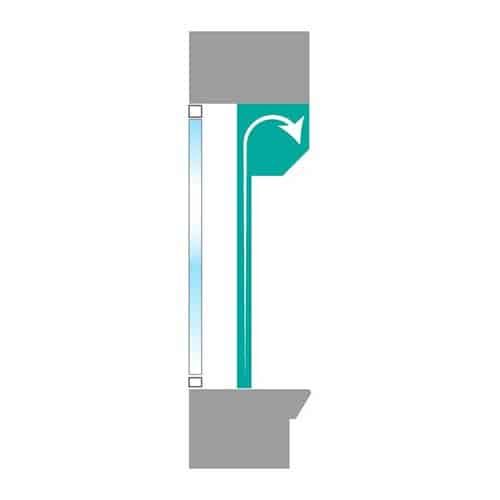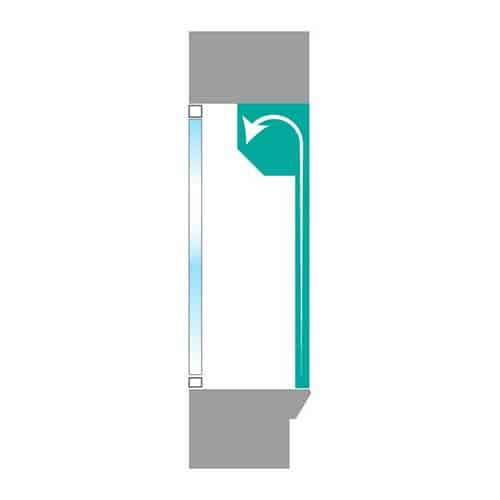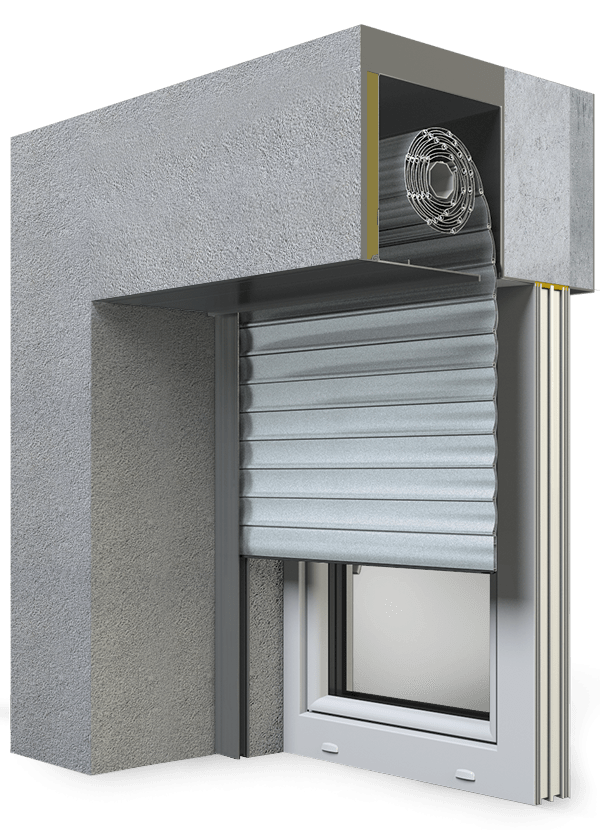Roller shutters are a practical and attractive solution for protecting and insulating windows. They offer increased security, better thermal insulation and protection from the sun. One of the technical choices to consider when installing roller shutters is the type of winding: external or internal. Each of these choices has its advantages and disadvantages, depending on the configuration of the home, aesthetic requirements and desired insulation performance.
External winding

External rolling of roller shutters offers a number of aesthetic and practical advantages.
The shutter box does not protrude beyond the wall, maintaining the original relief of the façade and avoiding any unsightly changes to the exterior of the building. It is best suited to traditional houses.
What's more, this configuration preserves natural light inside rooms, as the box does not encroach on the glazed surface of the window.
However, in the event of a breakdown, work on the slats or the motor may prove more complicated, particularly if the shutter is installed at a height. This is particularly relevant for shutters being renovated.
Internal winding

Maintenance of roller shutters with internal boxes is greatly simplified thanks to their removable fronts, making troubleshooting and servicing easier.
The effectiveness of thermal and sound insulation is improved when the space between the glazing and the door leaf is maximised, which also reinforces the thermal break and reduces energy loss.
This installation option is specifically available for roller shutters designed for renovation.
From an aesthetic point of view, an internal roller shutter has the advantage of positioning the curved part of the slats on the outside, a detail often valued by those who attach particular importance to the visual appearance of their home. It is more suited to contemporary homes.


Leave a Reply